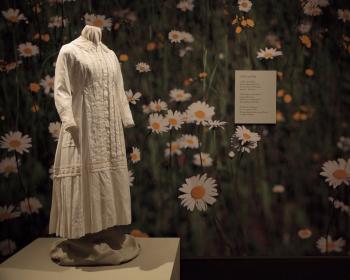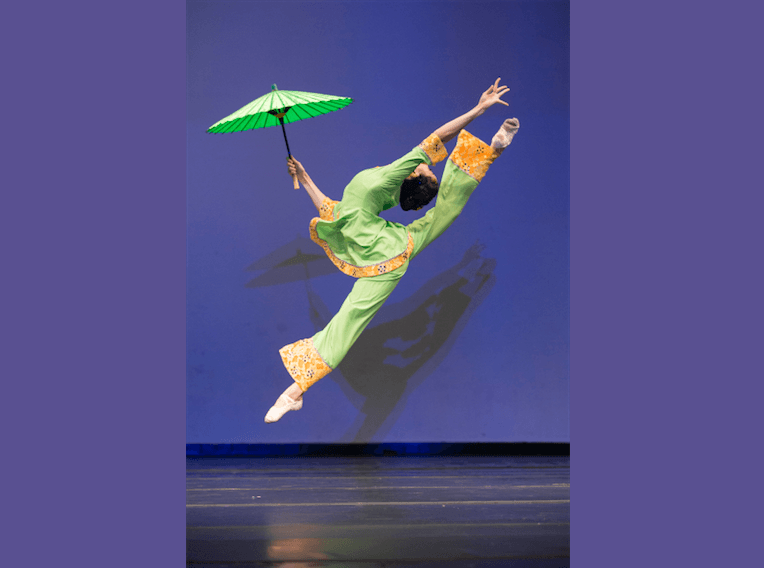While most Americans know Emily Dickinson as a marvelous poet, few know her as a great gardener. In fact, more than one-third of Dickinson’s poems allude to flowers.
Emily Dickinson’s Garden: The Poetry of Flowers, an exhibition that combines over 50 fascinating artifacts related to Dickinson’s life aims to invite people to know her poems and her life as an excellent botanist. The exhibition is held at the New York Botanical Garden’s Mertz Library, in the Bronx.
Dickinson inherited endless passion for plants from her family. Her mother, also named Emily, was once famous for planting figs. Austin, her brother, whom she shared a connection with throughout her life, was fond of trees. In a letter to him, Dickinson wrote, “Here is a little forest whose leaf is evergreen. Here is a brighter garden, where not a frost has been in its unfading flowers. I heat the bright bee bum. Prithee, my brother into my garden come!”
Vinnie, her younger sister, often assisted the poet in gardening in her later years. When they were young, the sisters obtained seeds from a company called Bliss in Springfield, Massachusetts.
Emily Dickinson’s Garden: The Poetry of Flowers, an exhibition that combines over 50 fascinating artifacts related to Dickinson’s life aims to invite people to know her poems and her life as an excellent botanist. The exhibition is held at the New York Botanical Garden’s Mertz Library, in the Bronx.
Dickinson inherited endless passion for plants from her family. Her mother, also named Emily, was once famous for planting figs. Austin, her brother, whom she shared a connection with throughout her life, was fond of trees. In a letter to him, Dickinson wrote, “Here is a little forest whose leaf is evergreen. Here is a brighter garden, where not a frost has been in its unfading flowers. I heat the bright bee bum. Prithee, my brother into my garden come!”
Vinnie, her younger sister, often assisted the poet in gardening in her later years. When they were young, the sisters obtained seeds from a company called Bliss in Springfield, Massachusetts.







